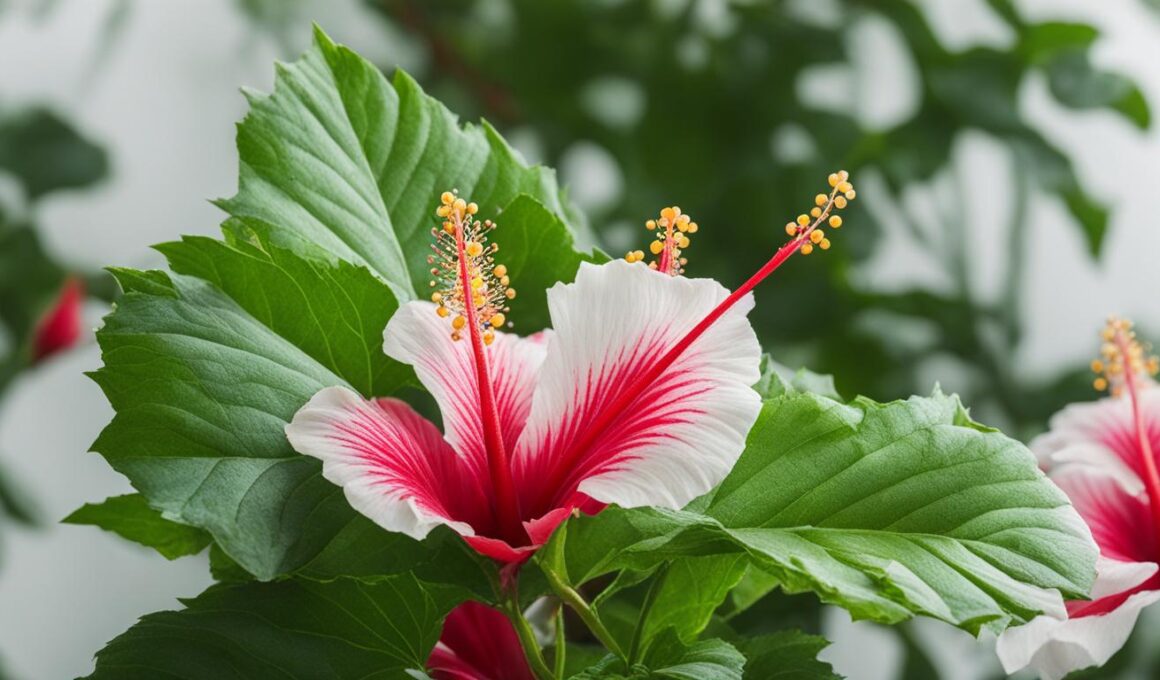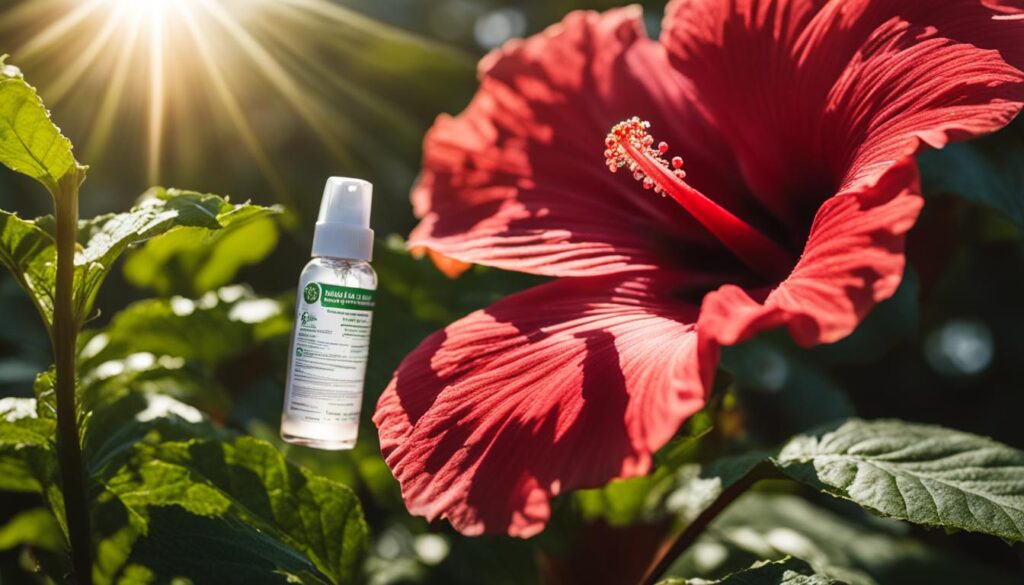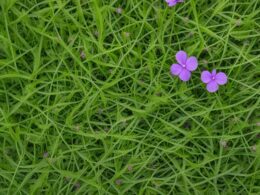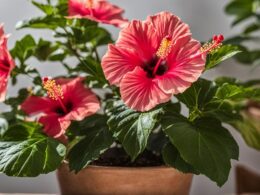If you have hibiscus plants in your garden, you may have encountered the problem of white bugs infesting them. These pests, such as aphids, whiteflies, thrips, mealybugs, and scales, can cause significant damage to your hibiscus plant by feeding on its juices and compromising its health and beauty. Fortunately, there are safe treatment tips that can help you protect your beloved hibiscus plant from these white bugs.
In this article, we will explore the common types of white bugs that infest hibiscus, how to identify them accurately, and the various methods you can employ to control their population effectively. By following these safe treatment tips, you can ensure the health and vibrancy of your hibiscus plant without causing harm to the environment or beneficial insects.
So, if you’ve been dealing with white bugs on your hibiscus and are looking for a safe and effective way to address the issue, keep reading to discover the solutions that will help you restore the beauty of your hibiscus plant.
Common White Bug Pests of Hibiscus
When it comes to white bug infestations on your hibiscus plants, there are several common culprits to be aware of. These pests can wreak havoc on your hibiscus, causing damage and inhibiting its health and growth. By understanding the different types of white bugs that commonly infest hibiscus plants, you can identify and address the issue before it becomes a major problem.
Aphids: These tiny pests are known for clustering on the foliage of hibiscus plants. They can appear in various colors, including green, white, or black.
Whiteflies: Gnat-sized whiteflies are notorious for sucking juices from the undersides of hibiscus leaves. If left unchecked, they can quickly multiply and cause significant damage.
Thrips: Thrips lay their eggs inside hibiscus buds, leading to dropped buds before they can even flower. These pests are a common nuisance for hibiscus enthusiasts.
Mealybugs: Soft-bodied pests covered in a protective, waxy mass, mealybugs can be found on various parts of hibiscus plants. Their presence can hinder the plant’s growth and overall health.
Scales: Scales come in both armored and soft forms and can be a major nuisance for hibiscus. They damage the plant by sucking sap and can cause significant harm if left untreated.
It’s also worth noting that while ants are not harmful to hibiscus plants directly, they may protect and facilitate the spread of white bug pests like scales and aphids. Finally, root knot nematodes can pose a threat to the root system of hibiscus plants, leading to weakened growth and overall decline.
Identifying these common white bug pests accurately is crucial to selecting the appropriate treatment method and effectively managing the infestation.
How to Control White Bugs on Hibiscus
To effectively control white bugs on your hibiscus plants, you have several approaches to choose from. It’s important to use methods that are safe and minimize harm to the environment and beneficial insects.
Biological Control
One approach is to encourage beneficial insects that prey on white bugs. Ladybugs, syrphid fly larvae, assassin bugs, green lacewings, and parasitic miniature wasps are natural enemies of these pests. By creating a welcoming environment for these beneficial insects, you can naturally reduce the population of white bugs on your hibiscus plants.
Chemical Control
Chemical pesticides should be used as a last resort and only when absolutely necessary. If you do decide to use chemical control, it’s essential to select products that are specifically designed for white bugs and follow all instructions on the label carefully. Insecticidal soap and horticultural oil can be effective and safer alternatives to toxic chemicals, but it’s crucial to avoid using these products if beneficial insects are present on the foliage.
Cultural Control
Implementing cultural control measures can help prevent and manage white bug infestations. Proper watering and fertilization are essential for maintaining the health of your hibiscus plants, as healthy plants are more resistant to pests. Keep the area around your plants clean and free of debris, as these can provide hiding places for pests. Regularly remove dead or damaged growth and consider pruning your hibiscus plants to provide optimal sunlight and air circulation.
For additional guidance on controlling white bugs on hibiscus, consider consulting with experts at a local cooperative extension office. They can provide specific recommendations for your area and offer advice on using systemic root drench or foliar sprays.
Conclusion
In conclusion, when it comes to dealing with white bugs on your hibiscus plants, it’s crucial to adopt an integrated pest management approach. By combining both biological and chemical control methods, you can effectively manage and prevent infestations.
Encouraging the presence of beneficial insects such as ladybugs, syrphid fly larvae, assassin bugs, green lacewings, and parasitic miniature wasps can significantly help in controlling white bug populations. These natural predators prey on the pests and keep their numbers in check.
Additionally, using safer alternatives like insecticidal soap and horticultural oil can effectively target and eliminate white bugs without posing harm to your hibiscus or the environment. However, it is essential to refrain from using these products if beneficial insects are present on the foliage.
Implementing cultural practices like proper watering, fertilization, cleanliness, and pruning is also essential in preventing and managing white bug infestations. These practices contribute to the overall health and vigor of your hibiscus plants, making them less susceptible to pests and diseases.
By following these safe treatment tips, you can protect your beloved hibiscus plants from white bugs and ensure their continued beauty and health. Remember, an integrated approach that considers the use of beneficial insects, safer alternatives, and cultural practices is the key to achieving successful pest management while safeguarding the environment and beneficial insect populations.
What Are the Common Pests That Affect Various Plants and How Can They Be Treated Effectively?
Common pests like aphids, mites, and beetles can wreak havoc on plants. To effectively manage these pests, use natural predators, neem oil, or insecticidal soaps. For effective pumpkin leaf management, regularly inspect plants for signs of infestation and remove any affected leaves to prevent the spread of pests.










